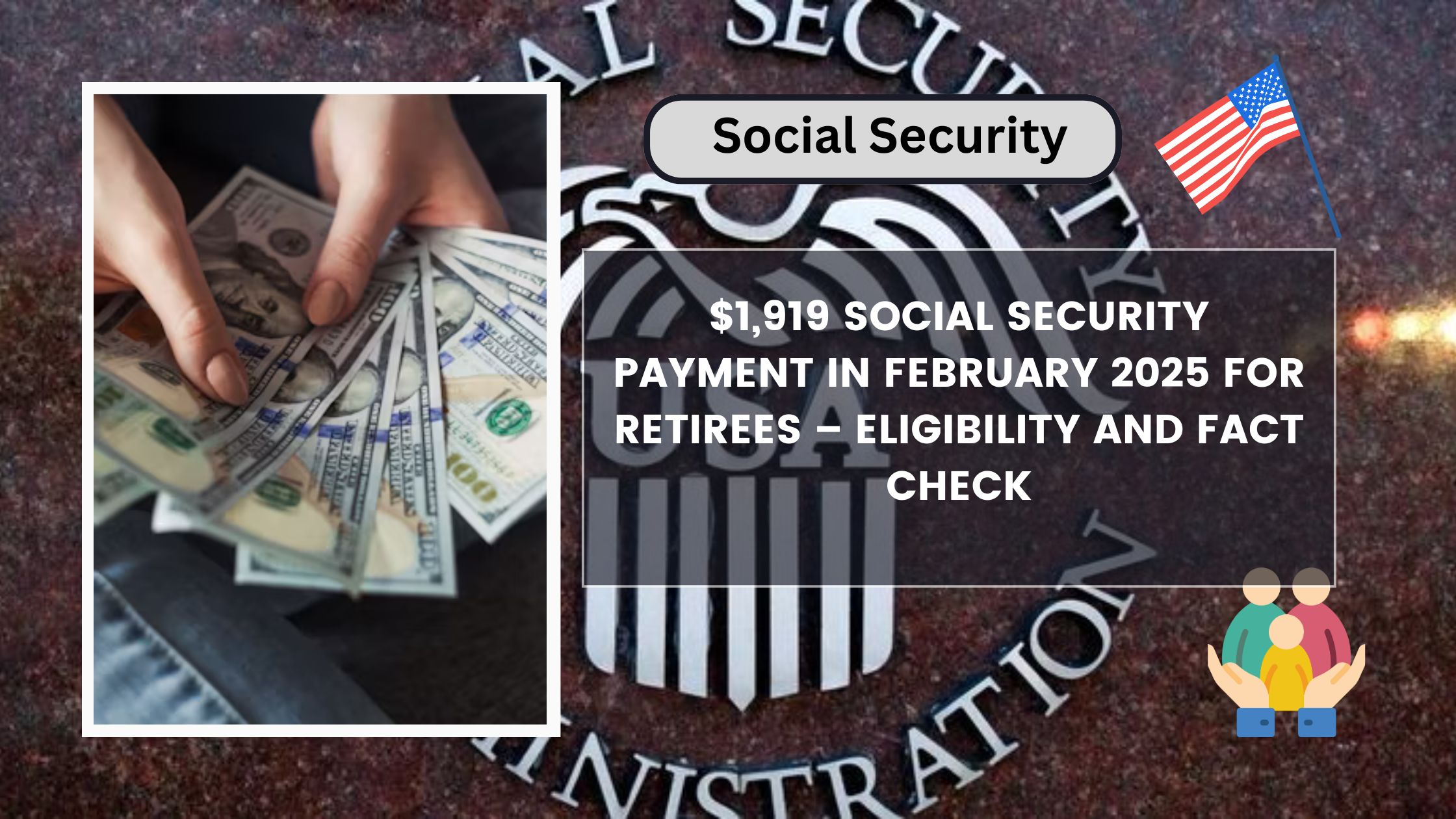In recent discussions, there’s been talk about a proposal to increase the Child Tax Credit (CTC) in the United States. This proposal aims to raise the credit from the current $2,000 to $5,000 per child, providing more financial support to families. Understanding who qualifies for this increased credit and how it compares to previous stimulus efforts is important for families planning their finances.
Understanding the Proposed $5,000 Child Tax Credit
The proposed increase to the Child Tax Credit seeks to provide greater financial assistance to families with children. By raising the credit to $5,000 per child, the goal is to help families manage the costs associated with raising children and to promote financial stability. This proposal is part of broader legislative efforts to support families and reduce child poverty.
Eligibility Criteria
To qualify for the proposed $5,000 Child Tax Credit, families would need to meet certain criteria:
- Income Limits: The credit would be available to families with incomes below specific thresholds, ensuring that assistance is directed to those who need it most.
- Age of Children: The credit would apply to children under the age of 18, expanding the current eligibility that is limited to children under 17.
- Tax Filing Status: Both tax filers and non-filers may be eligible. Tax filers could receive automatic payments based on their tax returns, while non-filers might need to submit a simple application to receive the credit.
Application Process
The application process for the proposed credit would vary depending on a family’s tax filing status:
- Tax Filers: Families who have filed tax returns in the previous year may receive automatic payments, as the IRS would use existing tax records to determine eligibility.
- Non-Filers: Families who did not file taxes would need to submit a simple application form, which would be made available on the IRS website. This form would require basic information, including names, Social Security numbers, and income details.
To ensure timely receipt of funds, families should verify that their banking information and mailing addresses are up to date with the IRS.
Impact on Families
The introduction of the $5,000 Child Tax Credit is poised to have a significant positive impact on families across the United States. By providing financial assistance, this proposal aims to:
- Reduce Financial Stress: Alleviate the economic pressures associated with child-rearing, allowing families to allocate funds towards essential needs.
- Support Child Development: Enable parents to invest in their children’s education, healthcare, and extracurricular activities, supporting comprehensive growth.
- Boost the Economy: Increased household spending can foster economic development, benefiting local businesses and communities.
Comparison to Previous Stimulus Efforts
Previously, the federal Child Tax Credit provided up to $2,000 per qualifying child under 17 years of age. The proposed $5,000 credit differs in several key aspects:
- Higher Amount: The $5,000 payment significantly exceeds the current CTC, offering more substantial support to families.
- Broader Age Range: The proposed credit applies to children under 18, whereas the current CTC is limited to those under 17.
These distinctions highlight the potential of the proposal to offer more immediate and substantial assistance compared to existing tax credits.
Legislative Status and Future Outlook
As of now, the $5,000 Child Tax Credit proposal awaits legislative approval. Families are encouraged to stay informed about the progress of this proposal by regularly checking official resources such as the IRS Official Website and reputable news outlets.
Conclusion
The proposed $5,000 Child Tax Credit represents a significant effort to support families in managing the financial demands of raising children. By understanding the eligibility criteria and staying informed through official channels, families can effectively navigate the application process and utilize the credit to enhance their children’s quality of life.
